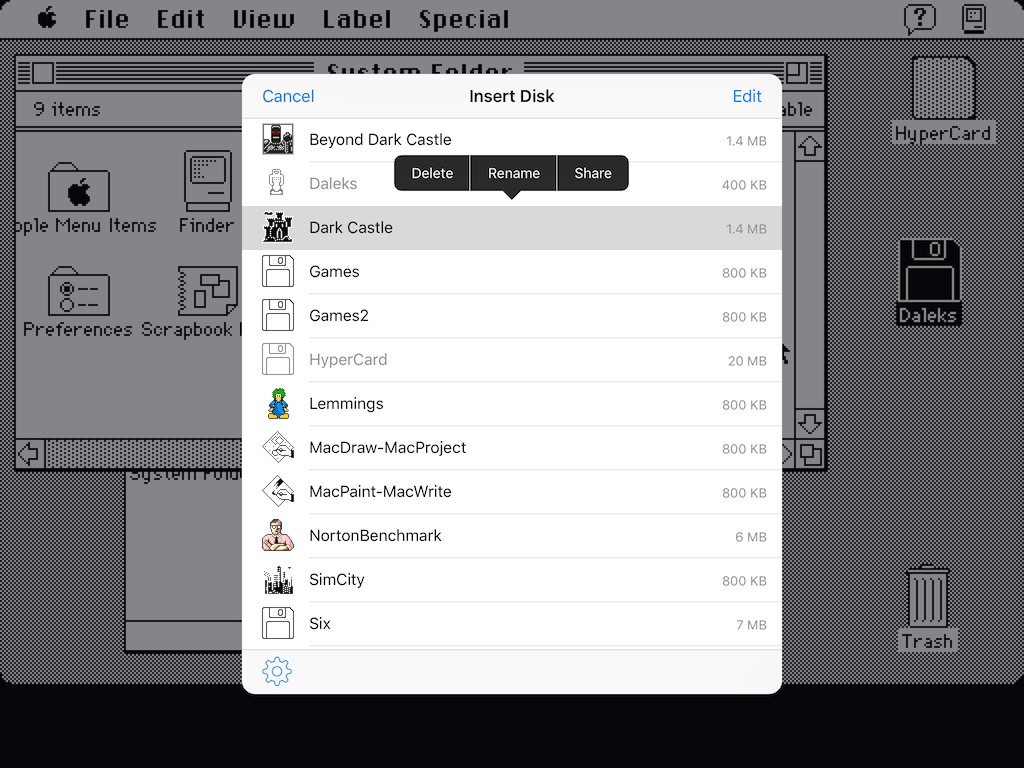
But let’s assume for a moment that you don’t have a bridge machine, is it still possible to create a vintage mac boot floppy? Yes! I could have easily done the whole process, from download to physical floppy, right there. This is where having a bridge machine, like the Power Macintosh 8600/200 I previously restored, comes in handy. Then you can use the Disk Copy program to write the extracted “Network Access.image” file to a real floppy. It’s provided as a disk image stored in a MacBinary-encoded self-extracting archive, so the first step is to download it onto a working classic mac and extract the disk image with Stuffit Expander. However by this time system CDs were becoming the norm, so the closest I could find was Apple’s System 7.5 Network Access Disk. While there are many methods for doing this, I decided that since I’m planning on installing 7.5.5, that I wanted a 7.5.5 boot floppy. So the actual first thing I need to do is to make a bootable floppy. It works perfectly fine with the SCSI2SD, however it doesn’t come preinstalled on a bootable floppy. The solution is to use the third-party disk formatter Lido 7.5.6. They don’t recognize the non-Apple drive by default, and even if you get a “patched” version which does, the resulting disk will have data corruption problems. However, I’ve found that those programs don’t work well with the SCSI2SD. The usual process is to boot from a floppy and use either the Apple HD SC Setup (for System 6) or Drive Setup (for System 7) program to format the drive. The first thing I want to do is format that 1.75 GB drive with an HFS filesystem.
MINI VMAC DISK IMAGES GAMES INSTALL
I’m using the aforementioned SCSI2SD to simulate a single 1.75 GB hard drive, on which I intend to install System 7.5.5. I’ve installed 64 MB of RAM along with a GGLABS MACSIMM ROM replacement. Now it’s time to get that disk formatted and a working system installed, but to do so I’ll need to create a boot floppy first.Īs a quick recap, at this point I have a Macintosh SE/30 with a working floppy drive.


In Part VIII of this series, I finished prepping a 2 GB SD card for the SCSI2SD that will serve as the primary disk for my vintage Macintosh SE/30.


 0 kommentar(er)
0 kommentar(er)
